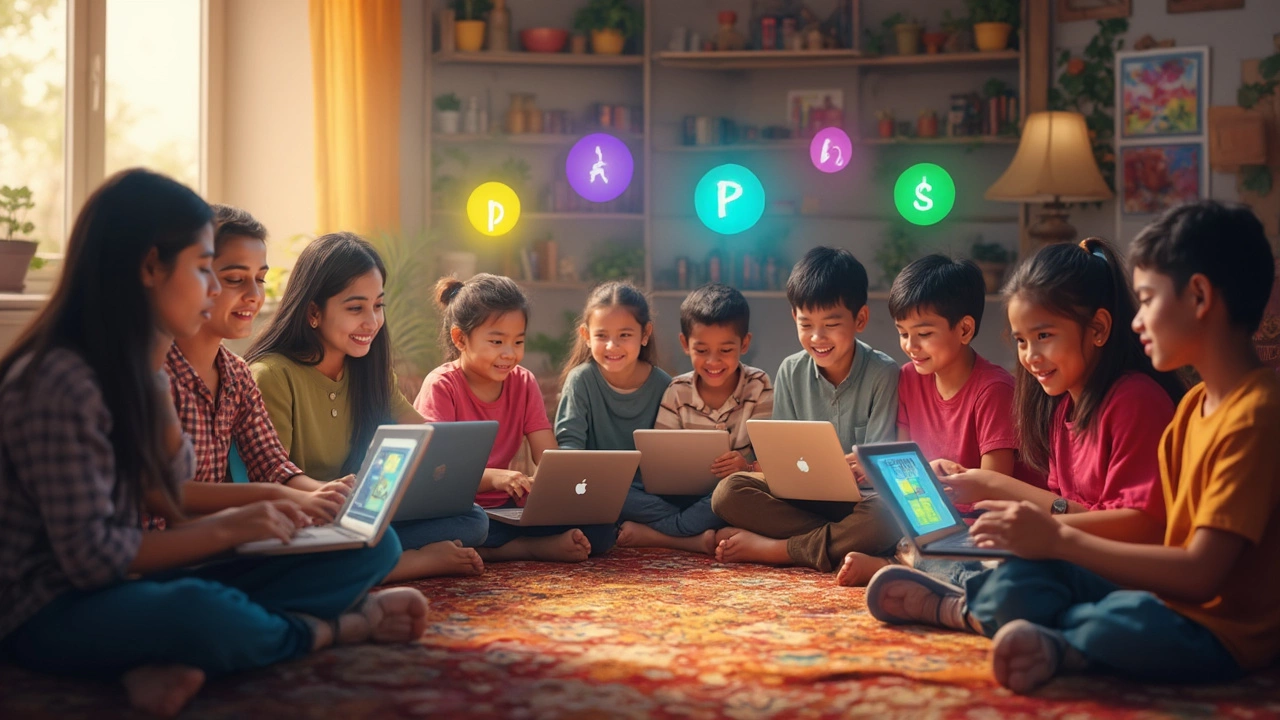eLearning Platforms: What They Are, How They Work, and Which Ones Actually Help
When you hear eLearning platforms, digital systems designed to deliver, manage, and track online education. Also known as online learning platforms, they’re the backbone of modern education—from a student in Jaipur taking a coding course to a teacher in Kolkata sharing lecture slides with her class. These aren’t just websites with videos. They’re full systems that handle everything from quizzes and progress tracking to certificates and student feedback. And in India, where access to quality education varies wildly, these platforms are leveling the playing field.
Not all digital learning is the same. LMS, Learning Management Systems, are the engines behind most eLearning platforms—think Moodle, Google Classroom, or Byju’s backend. They organize content, assign tasks, and measure results. Then there are course creation tools, software that lets anyone build and sell online courses, like Google Course Builder alternatives or Teachable. And let’s not forget digital education, the broader movement pushing learning beyond physical classrooms. These aren’t just tech tools—they’re changing how teachers teach and how students learn, especially in places where coaching centers are expensive or far away.
What you’ll find here isn’t just a list of apps. It’s a real look at what works. You’ll see how the four stages of eLearning turn a simple video into a real learning experience. You’ll learn why Coursera certificates are accepted by some employers but ignored by others. You’ll find out if Google actually offers a course builder, and if not, what free tools you can use instead. We’ve dug into which platforms Indian educators are actually using, which ones students find helpful, and which ones are just flashy marketing. Whether you’re trying to pick the best app for your child, thinking about starting your own course, or just trying to understand why some online classes stick and others don’t—this collection gives you the facts, not the fluff.

